Deaf individuals not only demonstrate remarkable perceptual abilities in vision, touch, and vibration senses, but I’ve observed that detail-oriented people often share this heightened sensitivity, allowing them to detect the most subtle nuances.
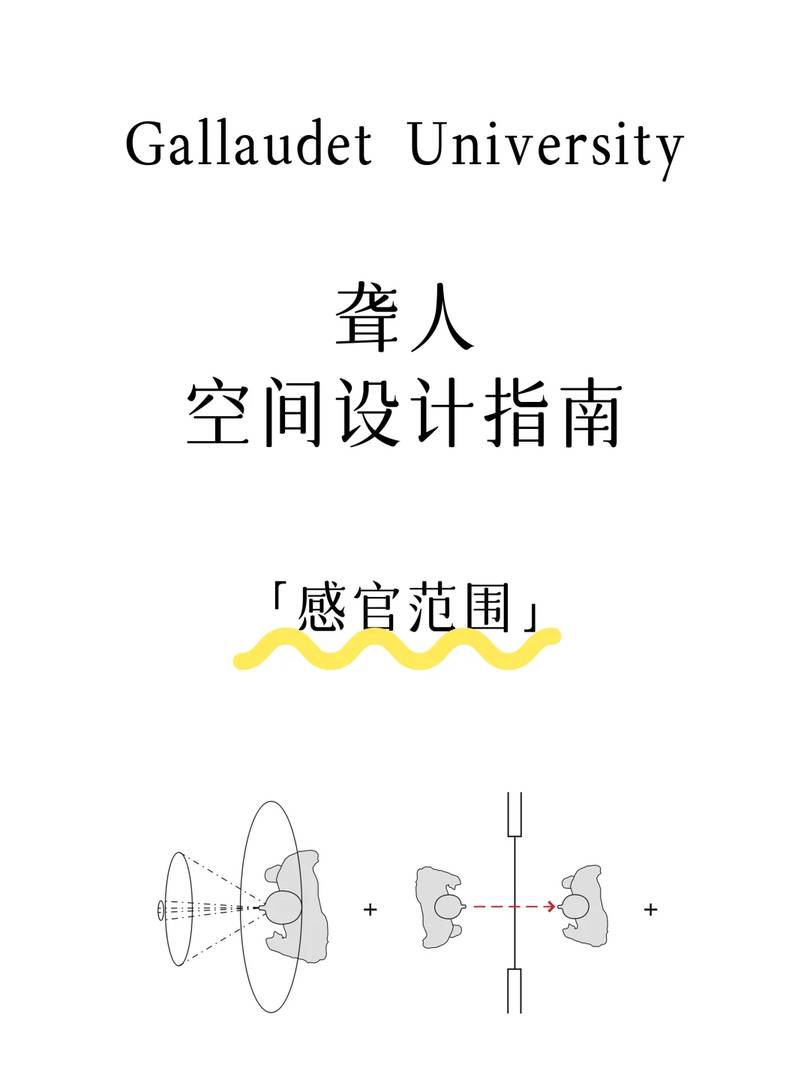
This extraordinary perception likely holds untapped potential we’ve yet to fully explore. When it comes to intuitive recognition alone, numerous architectural designs still fail to meet the mark.
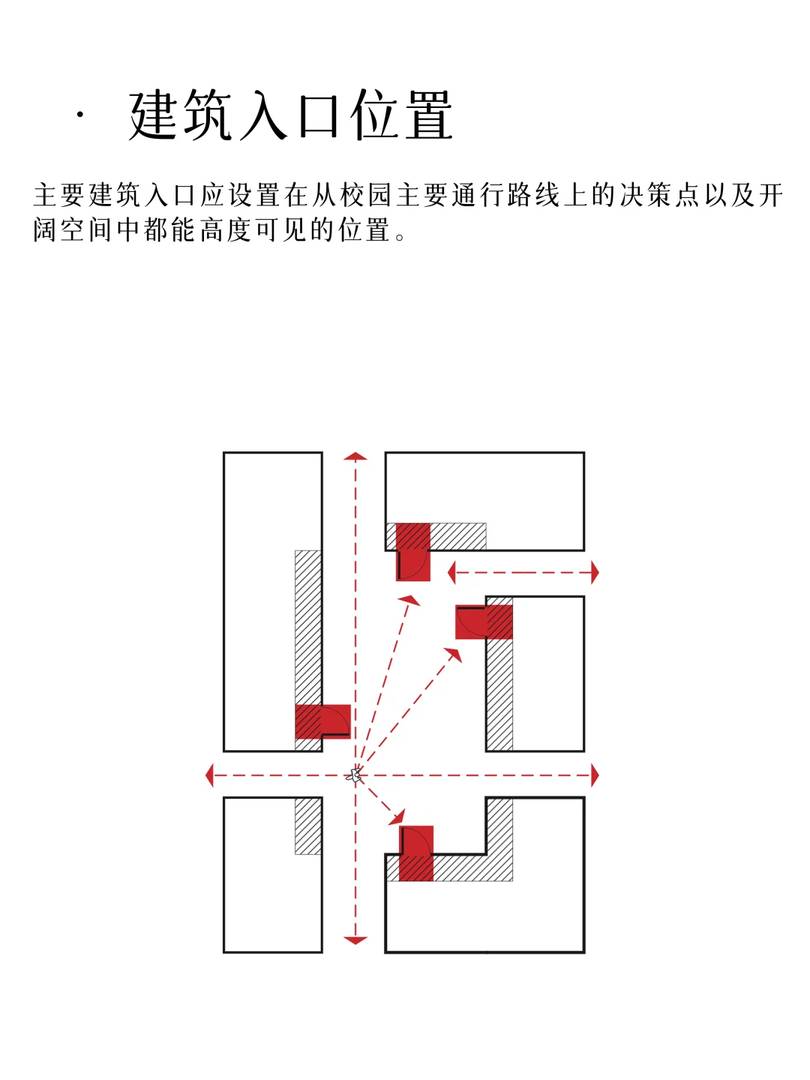
#SpaceDesign #CommercialSpaceDesign #AccessibleDesign #DesignCaseStudies #AccessibilityAroundMe
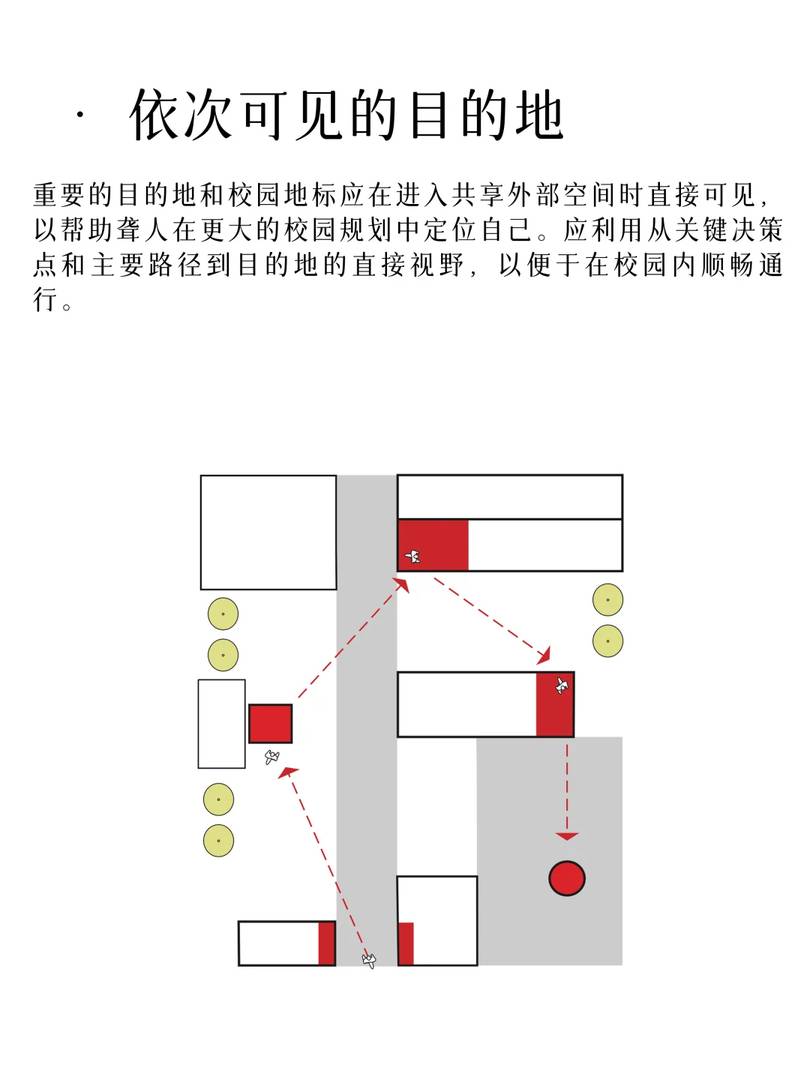
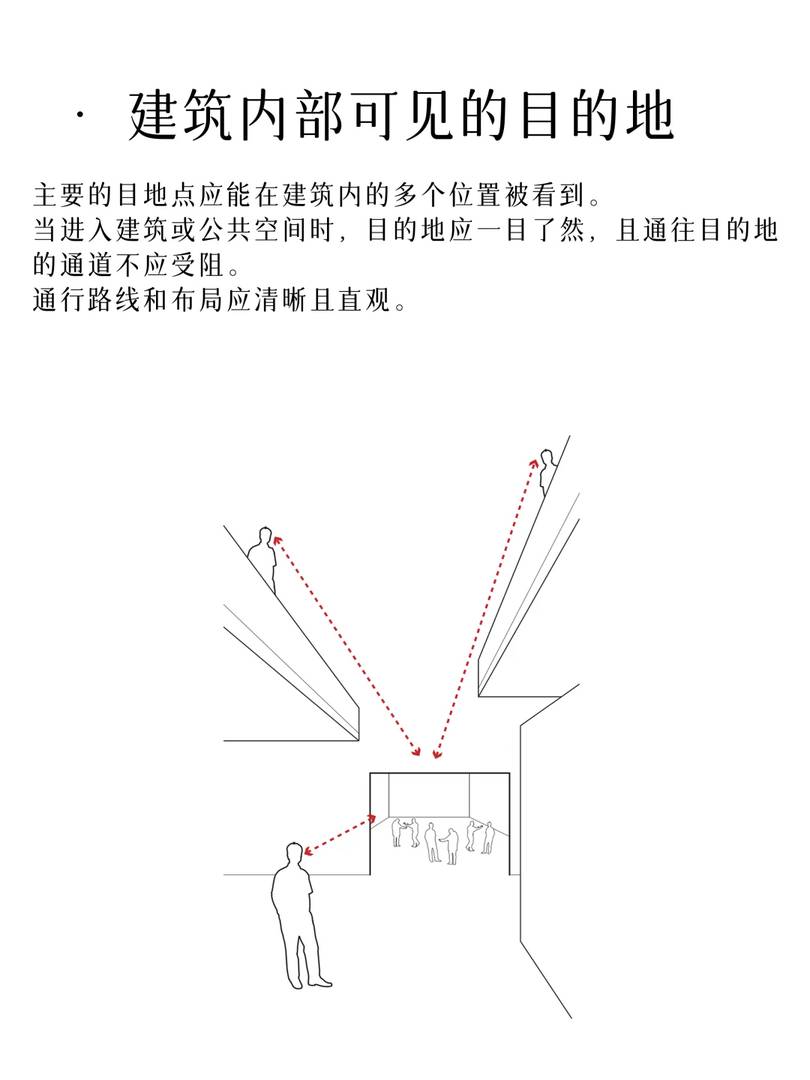
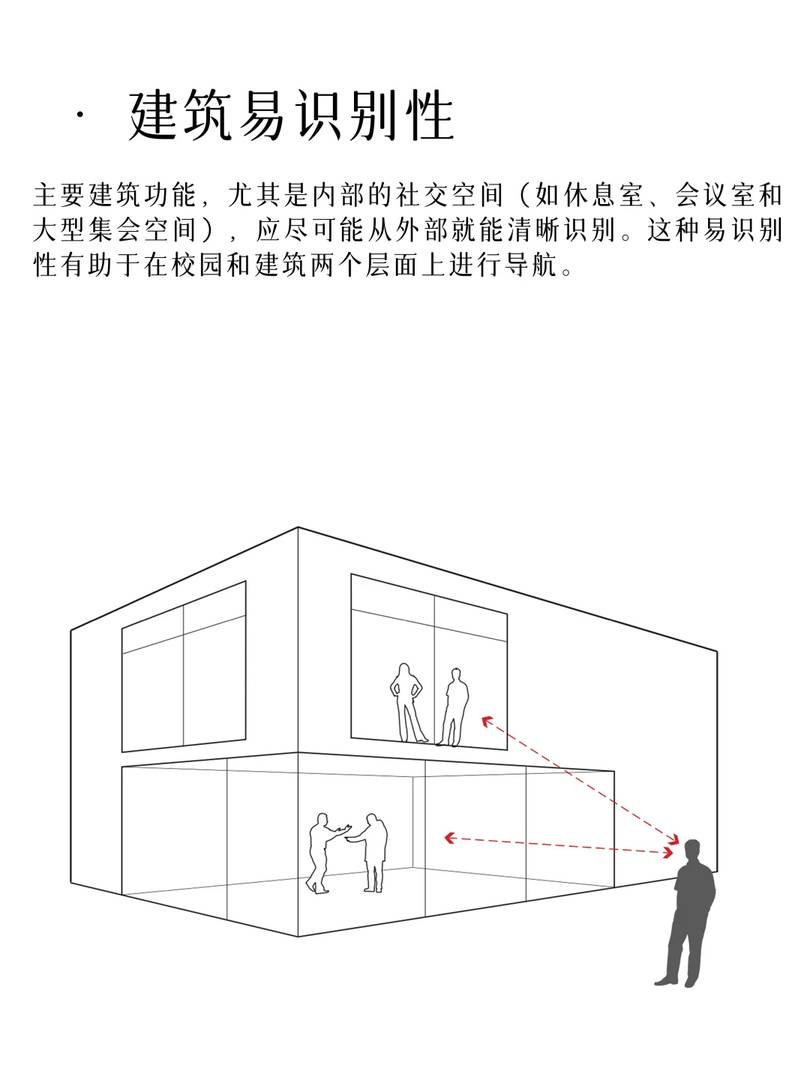
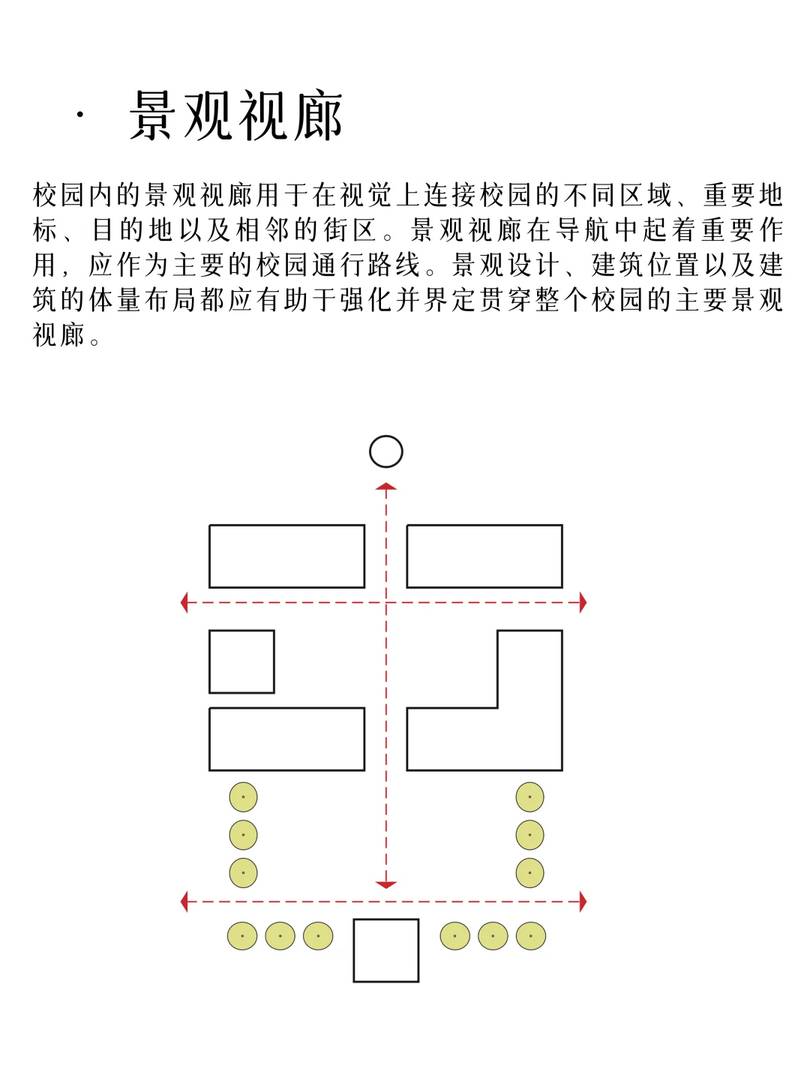


I never thought about how architecture could be optimized for sensory range, but this guide makes a lot of sense. It’s inspiring to see how these designs can create more inclusive spaces for everyone, not just those who are deaf. The idea of enhancing tactile and visual cues is especially interesting to me.
I never thought about how architecture could be optimized for sensory experiences beyond hearing. The Deaf Space principles make so much sense—using natural light and clear sightlines can benefit everyone, not just deaf people. It’s exciting to see how these design ideas could create more inclusive spaces for all.
Das Konzept des Deaf Space ist wirklich faszinierend! Es zeigt, wie Architektur nicht nur funktionale Räume schaffen kann, sondern auch die individuellen Bedürfnisse und Fähigkeiten von Menschen berücksichtigen sollte. Ich denke oft daran, wie solche Designansätze auch andere Sensibilitäten integrieren könnten.
Vielen Dank für Ihren interessanten Kommentar! Das ist genau der Kerngedanke hinter dem Deaf Space – Architektur kann so viel mehr sein als nur Funktionalität. Sie haben völlig recht, dass diese Ansätze auch für andere spezifische Bedürfnisse adaptiert werden können. Ich freue mich über Ihre Reflexionen zu dieser spannenden Thematik!
I never thought about how deaf individuals’ heightened sensory awareness could influence architecture, but it makes perfect sense. It’s interesting to consider how these principles could be applied to create even more inclusive spaces beyond what’s currently being done.
I never thought about how architecture could be optimized for sensory experiences beyond hearing. It’s fascinating how deaf individuals naturally pick up on visual and tactile cues others might miss. I wonder what changes architects could make to create more inclusive spaces for everyone. This guide seems like a step in the right direction for thinking differently about accessibility.
Thank you for your thoughtful comment! You’re absolutely right—architecture has immense potential to enhance everyone’s experience by embracing diverse sensory needs. Small changes, like better lighting or tactile pathways, can make a big difference. I’m glad this guide is inspiring new ideas for creating truly inclusive spaces.
I never thought about how architectural designs could better accommodate sensory needs until reading this. It’s fascinating how optimizing visual and tactile elements can create more inclusive spaces for everyone, not just deaf individuals. I wonder how these principles could be applied in urban settings beyond commercial spaces.
Thank you for your insightful comment! You’re absolutely right—these principles have the potential to transform urban environments, from public parks to street signage. By prioritizing visibility and tactile feedback, we can make cities more navigable and enjoyable for everyone. I think it’s a fantastic area for future exploration!
I never thought about how architectural designs could better accommodate sensory needs until reading this. It’s fascinating how focusing on details can enhance accessibility for everyone, not just deaf individuals. I wonder what small changes could make a big difference in existing spaces.
I never thought about how architectural designs could better accommodate sensory needs until reading this. It’s fascinating how optimizing for deaf individuals’ strengths can create more inclusive spaces for everyone. I wonder what small changes could make a big difference in existing buildings.
Thank you for your thoughtful comment! You’re absolutely right—small adjustments can indeed have a big impact. Adding visual cues like clear signage, well-placed mirrors, or even simple lighting tweaks can enhance inclusivity. I’m glad this article sparked new ideas for you!
I never thought about how deaf individuals use their other senses so acutely until reading this. It makes total sense that architecture should cater more to these natural strengths. I wonder what small changes could make a big difference in existing spaces. This guide feels like an important step forward.
I never thought about how deaf individuals perceive space differently, but this guide makes a lot of sense. It’s amazing how much we can improve accessibility just by optimizing sensory range in design. I wonder how long it will take for these ideas to become mainstream in architecture.
Thank you for your thoughtful comment! You’re right—these concepts are eye-opening and have the potential to transform architecture. While change takes time, awareness is growing rapidly, and I believe we’ll see significant progress sooner than we think. Exciting times ahead!